Journey Across the Steppes
Introduction
This page attempts to introduce one of the unique places in the world that very few people have heard and known about —Turkmen Sahra.
The main reason for creating the page was to introduce the rich culture and traditions of the regions, which there is little information on websites, especially in English. I was born and grew up in this region; I have always considered giving back to my people and introducing them. In addition, to my MA thesis, which studies Iranian Turkmen’s bardic performance style, this page also seeks to draw the people’s attention to the region’s unique culture, albeit briefly.
“Journey Across the Steppes” is the name of my new album, which was released on April 15th, 2023 by Felmay record label. It contains my last performance of Turkmen traditional songs and instrumental pieces. Choosing this name is relevant to my travel page, which introduces the Turkmen region of Iran and its unique culture. For more info about the album, please click this link. (http://www.felmay.it/catalogue/item.php?id=10535#.ZGGC-i-B1pQ).
Turkmen-Sahra
Turkmen-Sahra [Persian: ترکمن صحرا] is the name of the region in the northeast of Iran. The region’s inhabitants are Turkmen ethnic groups. This region is located in the Golestan province of Iran. “Golestan” means rose garden and represents this region’s wealthy nature. This region is located in the southeast of the Caspian Sea and also borders Turkmenistan. Below is the image of captivating steppes in Turkmen-Sahra.

The region is home to warm-blooded Turkmen, which attracts tourists yearly to its authentic culture, customs, and wonderful nature. To get to know Turkmen-Sahra, I would like the introduction the three unique cultural items in this area, which serve as a national symbol of the Turkmen people.
Turkmen carpet
The Turkmen carpet is one of the most intricate and colorful types of traditional carpets that is still woven by hand in Turkmen-Sahra. The archeological findings in northeast Iran reveal that Turkmen carpet weaving goes back to the 6th Century BC.
One should have seen this carpet, or might have it at home; it is good to know that it is called Turmen carpet, which originates from Turkmen-Sahra.
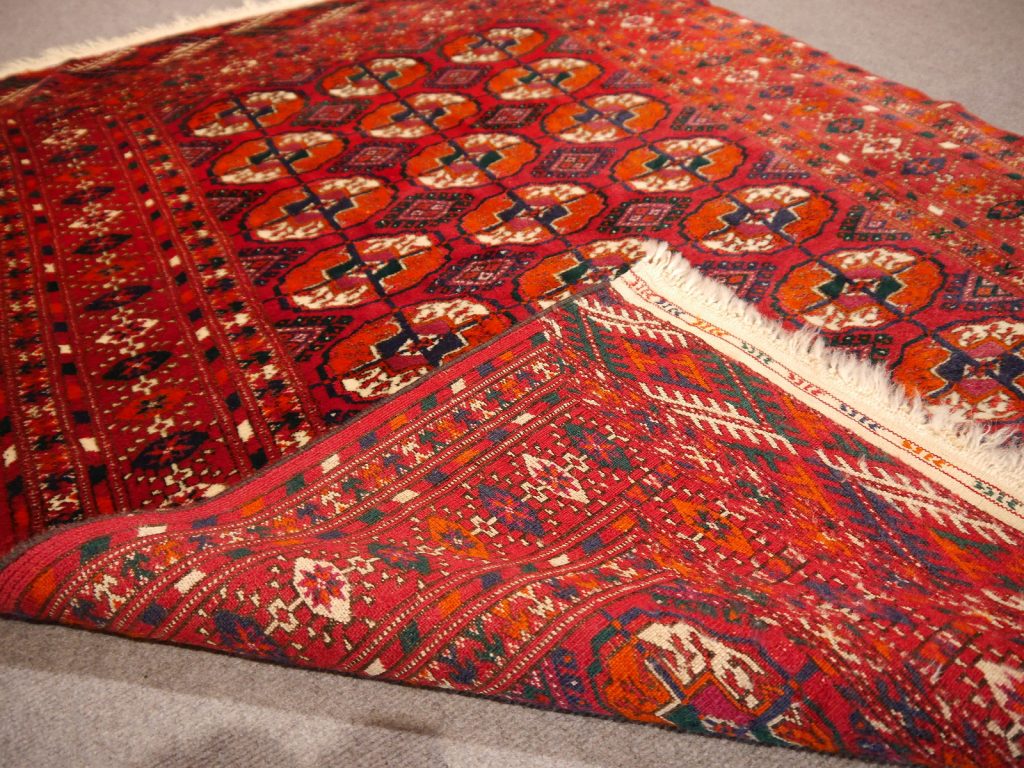
This carpet’s unique design made it one of the most favorite types at home or workplace around the world. In the summer of 2022, I had a chance to talk with some of the master carpet makers in that region. According to them, each motif is used in the carpet portraits beliefs, myths, tales, and the shamanic practice of Turkmen tribes in the past.
This carpet is famous for its unique design, color, and durability, which have kept its shape and look for hundreds of years. It is mostly kept in the houses as the cultural heritage of the past generation, which is passed down to them.
One should have seen this carpet or might have it at home; it is good to know it is called a Turkmen carpet. Below are some pictures of the Turkmen carpet, shown in the movies, and the home of a famous actress and a rock band.
The photo below shows the American actress Angelina Jolie with her adopted son Madox playing on the Turkmen Carpet.

The photo below is “The Beatles,” a famous rock band.
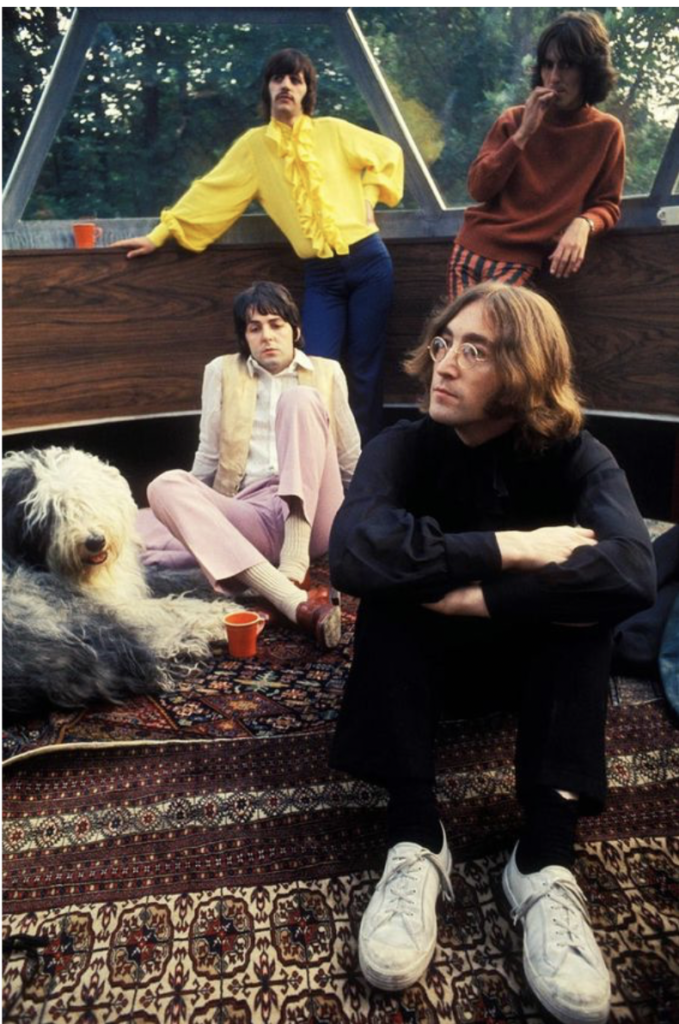
And the last photo is a scene from the famous film “God Father 2,” known as the greatest movie of all time.
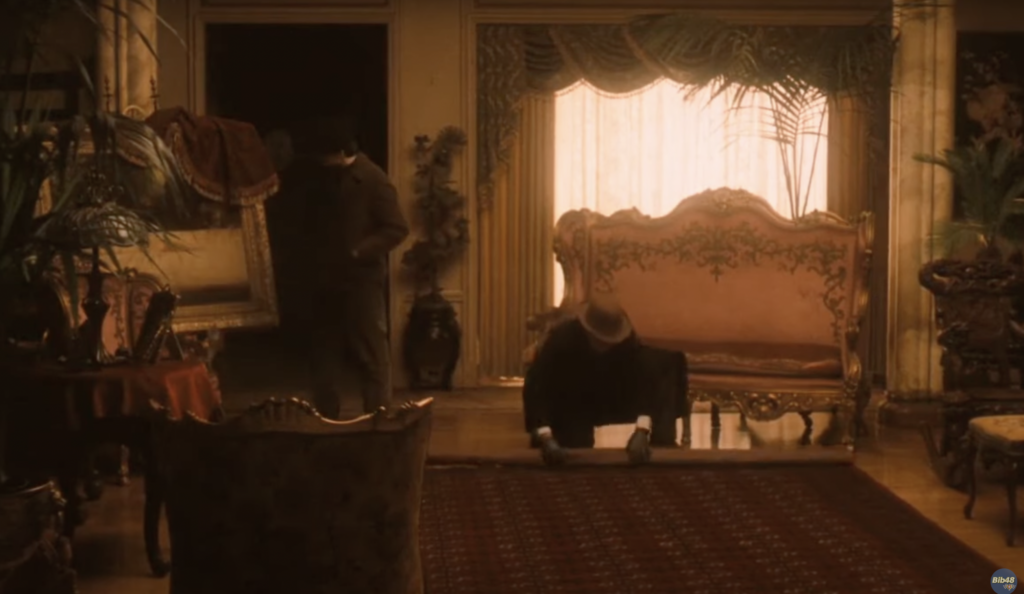
Turkmen Horse
This horse breed is the oldest surviving horse breed in the world. The pictures below shows the shining and golden-colored Turkmen horse, which is unique to the Turkmen horse.
Apart from their beauty, stamina, and ancient lineage of this horse, which makes them distinct from other horses, this horse’s adoption to harsh conditions and ability to thrive in different conditions make them unique. Turkmen horses were used for centuries in wars and for transportation Hence, Turkmen horses for long distancing are considered one of the most valuable horse breeds in the world.
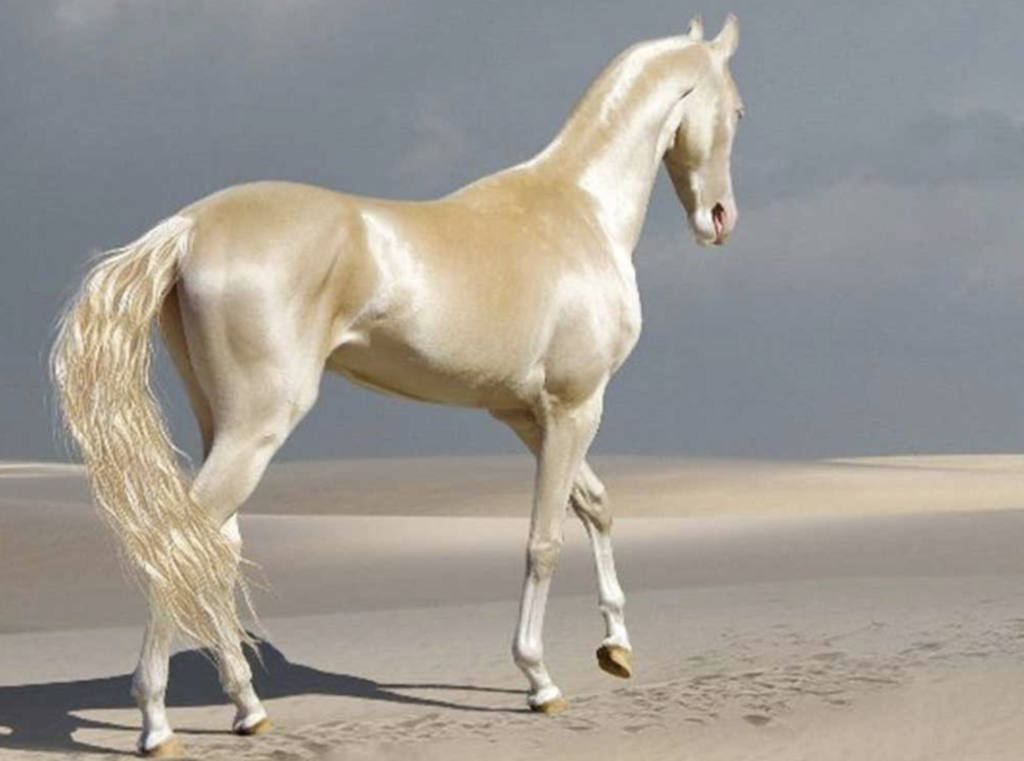
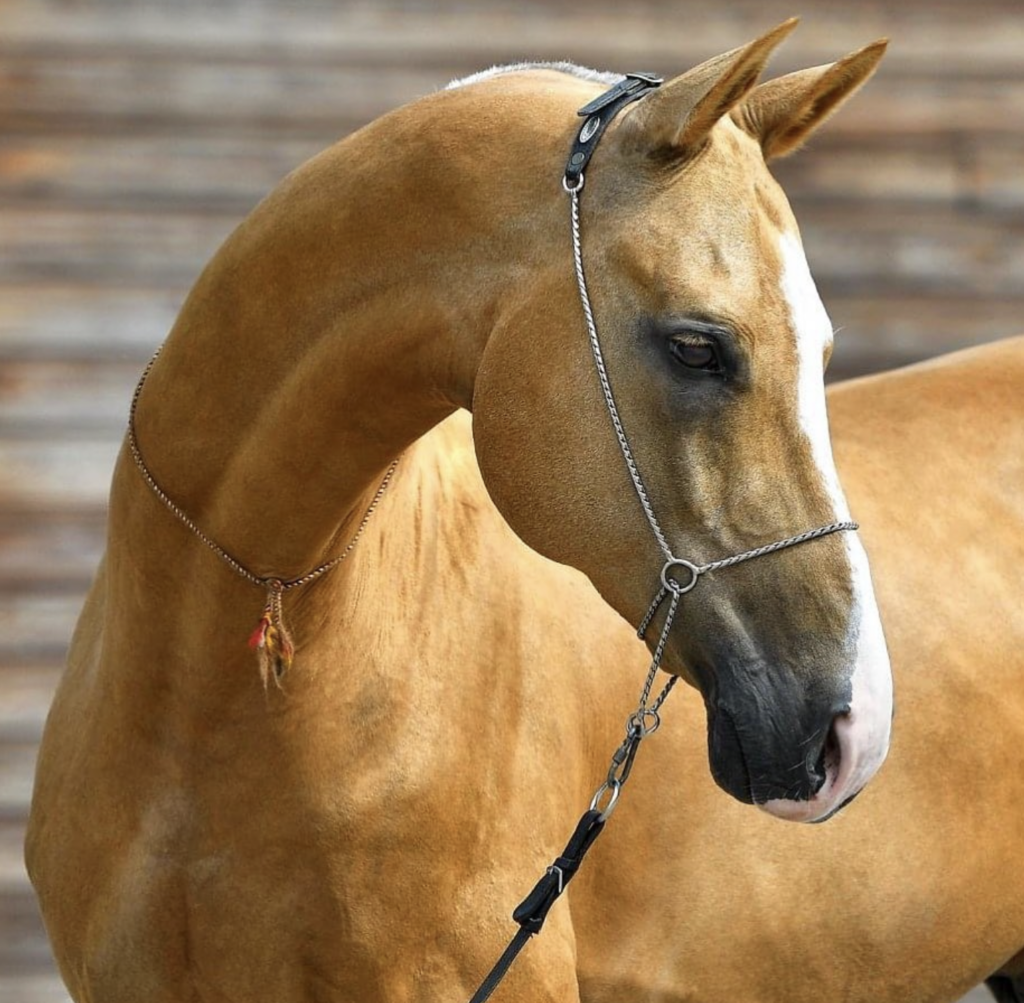
Turkmen Traditional Music
In Turkmen music, there are several instruments. One of the oldest kinds of instruments is the dutar. The dutar comes from the word “du” which means two, and “tar” stands for strings. Hence, dutar means two-stringed lute. The right-hand technique in Turkmen dutar is the most complex of its kinds because Turkmen musician on right hands mimics the sound of nature.
In the instrumental piece “At Chapan,” meaning “horse rider,” Turkmen musicians use the “galloping” rhythm. As it is clear from the name, this rhythm mimics the sound of horse’s feet. To understand better, please watch my [Oghlan Bakhshi] performance of the aforementioned piece, “At Chapan.” I hope you enjoy it!